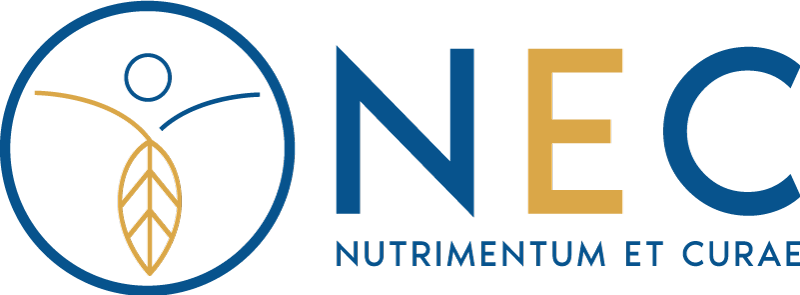Alcohol habit represents a major public health problem, being a chief cause of both morbidity and mortality. Binge drinking, a particularly dangerous alcohol intake pattern, has been growing in the last years, especially in younger people. Alcohol use disorder is defined by the Diagnostic and Statistical Manual of Mental Disorders 5th edition (DSM-V) as the spectrum of a maladaptive pattern of alcohol intake with a noteworthy clinical impact. It is important to underline that no amount of alcohol is risk-free. The present review analyzes and discusses the evolution of alcohol habit, the complex clinical burden and the future perspectives with an interdisciplinary approach.
- Nutr Cur 2025; 04: e162
Processed foods have been produced since ancient civilizations, as consumable food available during disasters (natural, war), and off seasons.
- Sujitraj Sheth


